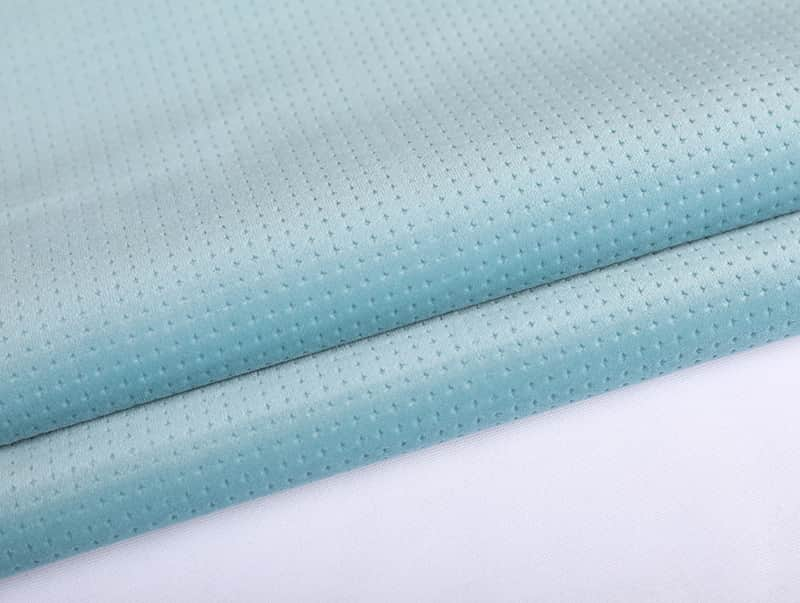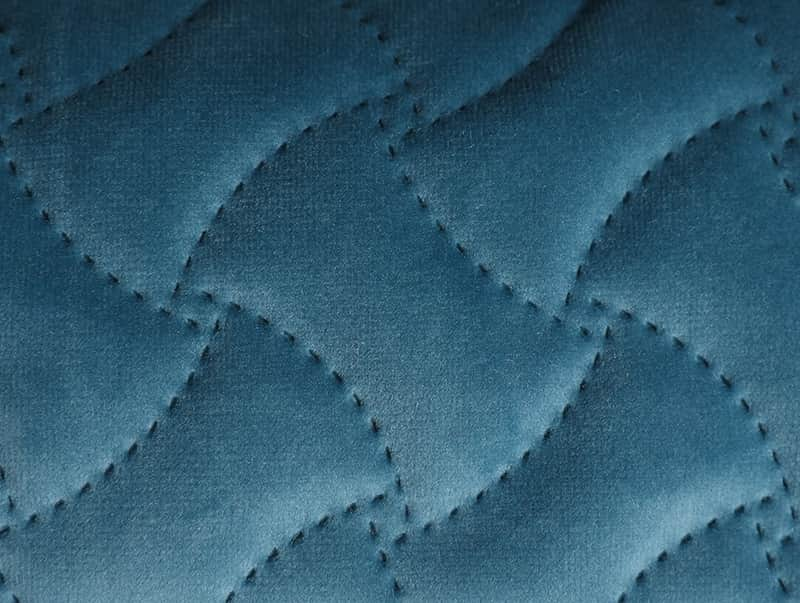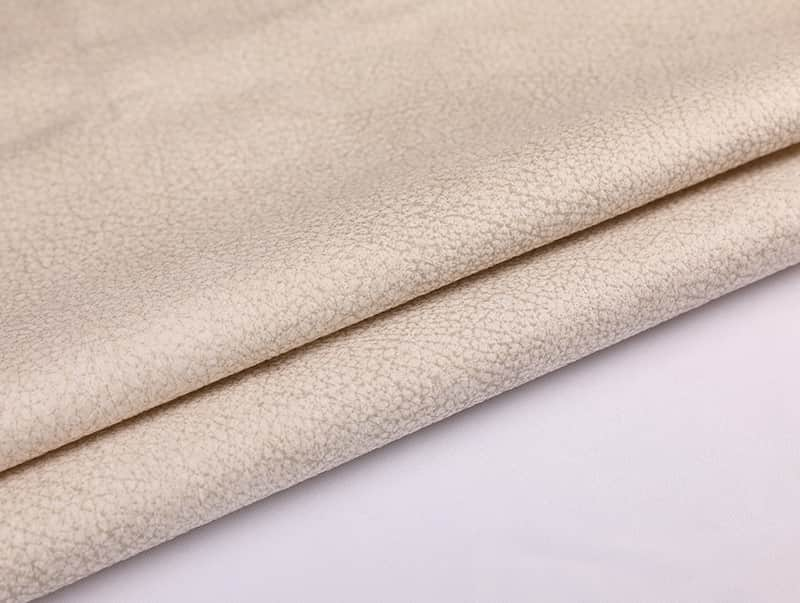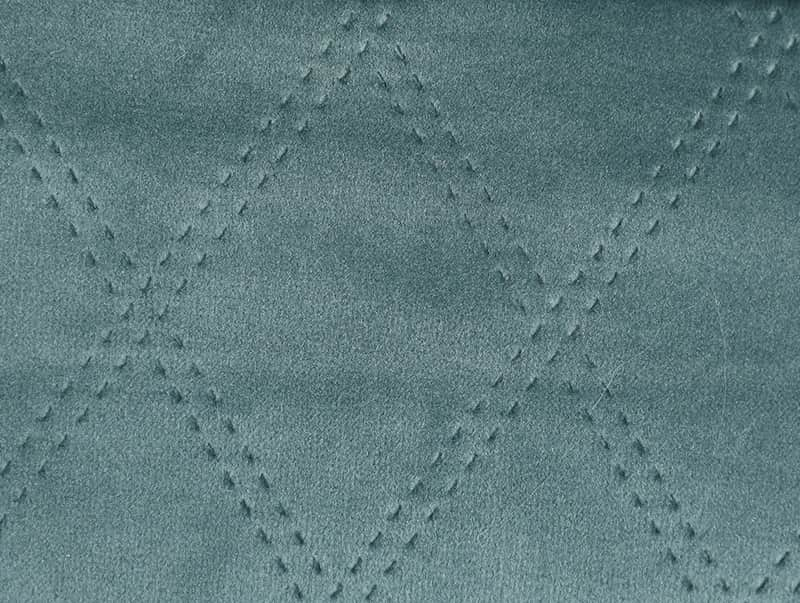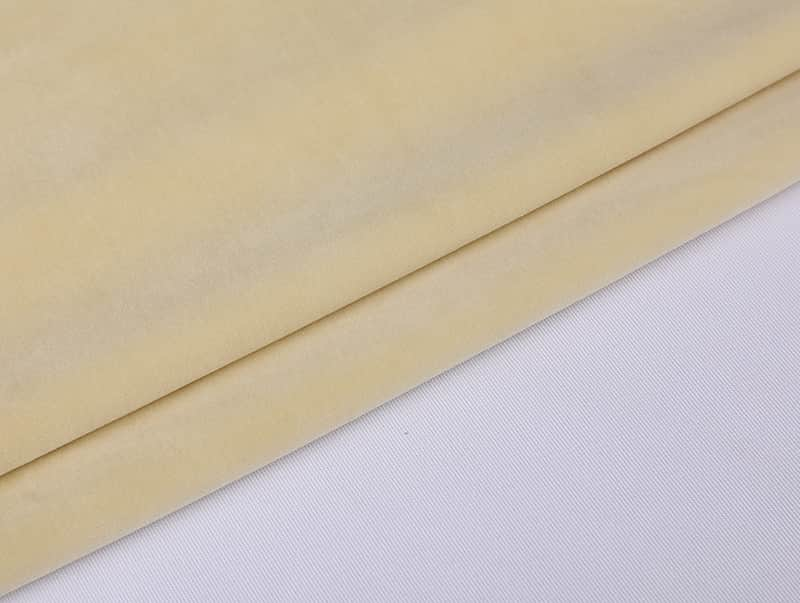The structure and density of curtain velvet fabrics play a significant role in determining their thermal insulation properties. Here’s a detailed explanation of how these factors contribute:
Pile Structure:
Thermal Barrier: Velvet fabric is characterized by its pile, which consists of upright loops or cut threads. This pile structure traps air within the fabric, creating a thermal barrier that helps to insulate against heat transfer.
Heat Retention: The dense pile of velvet effectively retains heat, providing warmth by reducing the loss of heat from the room to the outside environment during colder months.
Surface Area: The increased surface area due to the pile structure enhances the fabric’s ability to absorb and retain heat, contributing to better thermal insulation.
Fabric Density:
Air Trapping: Higher density velvet fabrics have more closely packed fibers, which trap more air within the fabric. Air is a poor conductor of heat, so the trapped air acts as an insulator, reducing heat flow through the fabric.
Thermal Resistance: Dense velvet fabrics offer higher thermal resistance, meaning they are more effective at preventing heat transfer. This is particularly beneficial for maintaining indoor temperatures and enhancing energy efficiency.
Weight and Thickness: Heavier and thicker velvet fabrics provide additional layers of insulation. The weight and thickness contribute to the overall thermal mass, which helps in retaining heat.
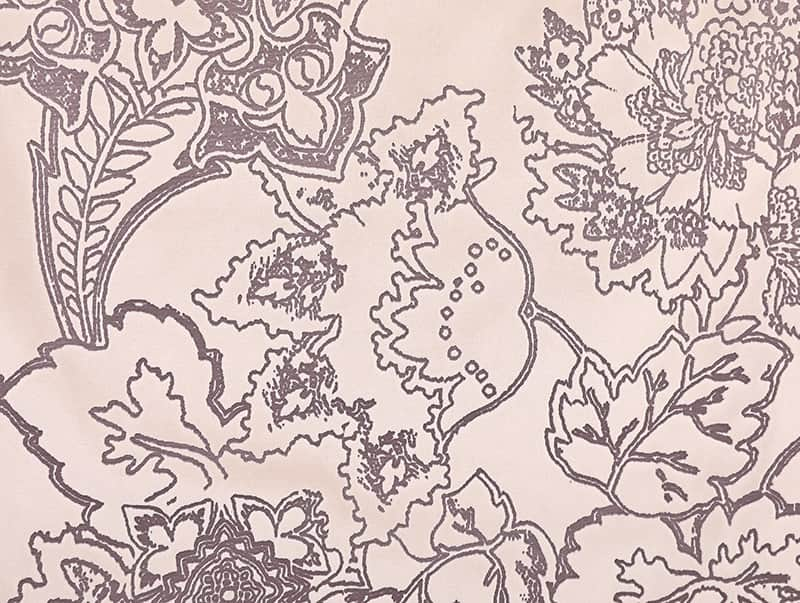
Multi-Layer Construction:
Lined Velvet Curtains: Adding a lining to velvet curtains further improves their thermal insulation properties. The lining adds an extra layer of material that traps more air and increases the overall thickness of the curtain.
Interlining: Some high-end velvet curtains include an interlining layer between the velvet and the lining. This additional layer significantly enhances thermal insulation by creating multiple air pockets and layers of material for heat to pass through.
Weaving and Finishing Techniques:
Dense Weave: The weaving technique used to produce velvet can influence its density and thermal properties. A tight, dense weave will enhance the fabric’s ability to insulate by reducing gaps through which air and heat can pass.
Finishing Treatments: Finishing treatments such as brushing, shearing, or backing with insulating materials can further improve the thermal properties of velvet curtains by enhancing their ability to trap air and resist heat flow.
Fiber Type and Composition:
Natural vs. Synthetic Fibers: The type of fiber used in velvet fabrics can affect thermal insulation. Natural fibers like wool have inherent insulating properties, while synthetic fibers like polyester can be engineered for enhanced thermal performance.
Blended Fabrics: Blending different types of fibers can optimize thermal insulation properties. For example, a blend of natural and synthetic fibers can combine the benefits of both, improving heat retention and durability.
Impact on Room Temperature Regulation:
Reducing Heat Loss: Velvet curtains help to reduce heat loss from the interior during the winter by acting as a barrier against cold drafts and minimizing the transfer of heat to the outside.
Heat Reflection: In warmer months, velvet curtains can help reflect heat away from the interior, maintaining cooler indoor temperatures and reducing the need for air conditioning.
The structure and density of curtain velvet fabrics significantly contribute to their thermal insulation properties. The pile structure, fabric density, multi-layer construction, weaving and finishing techniques, and fiber composition all play critical roles in enhancing the fabric’s ability to trap air and reduce heat transfer, thereby improving thermal insulation and energy efficiency.
